As a food lover, the introduction of real solid food in my boys diet was something I was really looking forward to. I literally could not wait :-) I read as much as I could on the topic but I always went back to the same source of reference: the notes my dear French friend Noémie gave me. She got them from her pediatrician. As I explained in previous posts in France a lot of children are still directly followed by a pediatrician for day to day matters. The information below is relating to French baby weaning for babies aged 6 to 9 months old. It is part of a series of post, which you can find on the Bites & Pieces page under the French food education section.
Please note that baby weaning guidelines in France and in the UK are quite different and by default I would always recommend you to follow the guidelines of your health specialist.
If you haven’t already done so you should read the French baby weaning (4 to 6 months old) post before this one.
WIDENING THE SPECTRUM OF FOOD
– Introduction of fat – from 6 months
In vegetables purees, a little knob/teaspoon of oil (rapeseed, olive, sunflower), butter or crème fraîche, alternating but favouring vegetable fat.
– Introduction of wheat/bread – from 6 months
- When? sprinkled on most purees/dishes
- what? white bread
– Meat, fish or 1/3 egg yolk – from 6 months
- When? At lunch
- How much? 2 teaspoons (10-15g) – raw weight, only once a day and for 1/3 egg yolk only once a week
- Which meat/fish? lean beef, poultry, rabbit, lean ham, veal, fish
- How? boiled or grilled without fat
– Vegetables
Pureed, as thick as possible (commercial baby food isn’t thick enough). Still cooked but you can offer now peeled tomatoes, aubergines, squashes, mushrooms, chicory, cauliflower, oignons/garlic/pepper mixed with other vegetables. Mashed potatoes when mixed with other vegetables (carrots, courgettes…). Cabbages, Brussels sprouts, lentils and pulses should be avoided at this stage.
– Fruits
Introduce some raw fruits, ripe, blended/grated/mashed apart from exotic fruits and kiwis.
Give them for lunch and goûter (4pm snack).
One portion of raw fruits and one portion of cooked fruits.
– Cheese – From 8 months only
Gruyere, Comté, Beaufort, Gouda grated are full of calcium. Vache qui rit, Kiri… are ideal to melt in purees or vegetable soups. Only offer yogurts or fromage blanc designed for children, their protein and sugar contents have been reviewed for the babies age and they usually do no have artificial colours, flavours or sweeteners.
– Introduction of semolina, tapioca
- When? from 7 months, once or twice a week
- How? in sweet or savoury recipes, used to thicken soups or cooked in whole milk (UHT)
SUMMARY:
- Breakfast: one or more milk feeds of breastmilk or follow on formula of 210 ml
- Lunch: Meat, fish or 1/3 egg yolk without salt + vegetable puree incl. fat + fruit puree or raw fruits +/- milk
- Goûter (Snack): milk feed – breast or follow on formula- of 180 to 210ml + fruit puree or raw fruits
- Dinner – up to 8 months: one or more milk feeds of breastmilk or follow on formula of 210 ml
- Dinner – from 8 months: introducing vegetable soup (alternating vegetables adding melted cheese or cooked semolina) + dessert (milk feed or milk-based baby specific dessert e.g. yogurt)
NB: French pediatricians recommend supplements of vitamin D and fluorine. Water is the way forward for drinks. Avoid cooking, warming up in plastic containers or with plastic films.
__________________________________________________
If you are interested in more posts on similar topics, you may want to read about

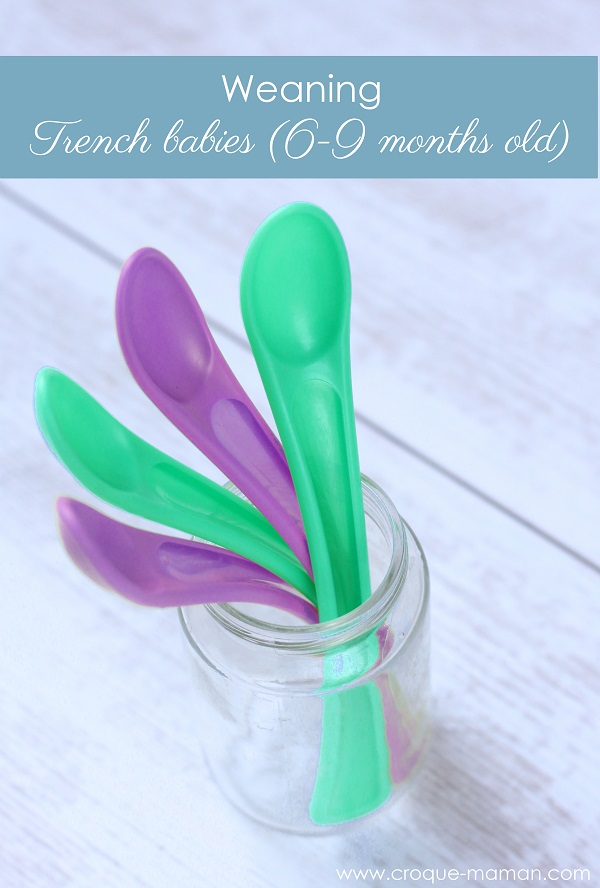
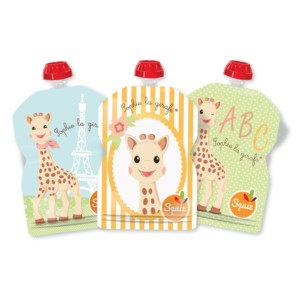
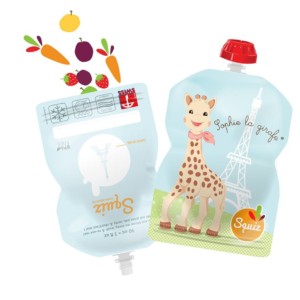

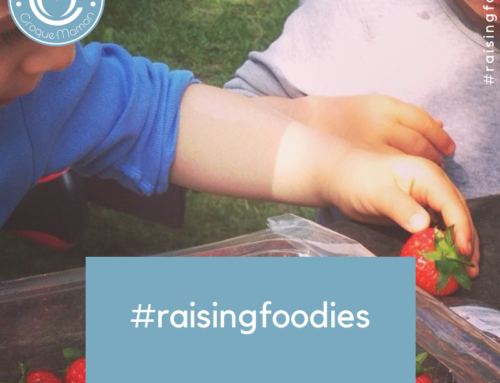
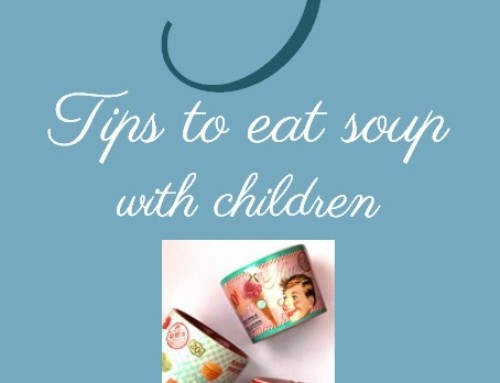
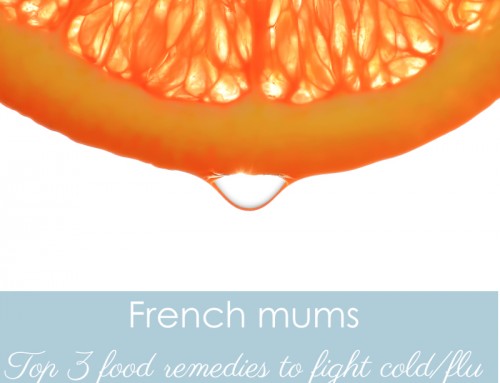
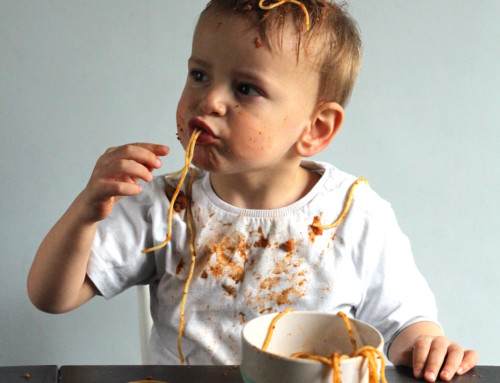
Have just passed to a friend going through weaning who’s finding these tips v useful, thank you!
Thank you for sharing Kate :-)
Oh I remember this age well! Such a stressful time weaning is, I thought. So glad I’m all done with that! :) Great tips here!
Thank you Elizabeth :-) It can be stressful indeed…
I had a horrendous time weaning my son. Some kids just won’t play ball with what the text books say they should be eating! Thankfully now he’s very adventurous and loves his food.
Really informative. I have to confess, I’m quite glad these days are behind me!
Very interesting!
I just discovered your blog and love it! I have a two year old and 2 month old. Our oldest has never been an adventurous eater, I’m hoping the second is better. Thank you for sharing a French perspective!
Thanks for the useful posts, i like the more savory approach just started weaning no2 and feel the early purees are too
sweet. How is the meat introduced blended with the puree? Thank you!
Dear Lucy, apologies for the delay coming back to you. Meat is introduced from 6 months, cooked and then generally blended with the vegetables. However you can start serving separate sides as well. I remember serving chicken cooked with carrots and apricots together with a parsnip puree as a side for example.
Hi Helene. What a great blog! At what times are the meals served? Many thanks Ela
Good morning Ela,
Thank you for your lovely comment :-) Please find below when meals are served. I hope it helps. Please do not hesitate if you have any additional questions. Helene
7am-8am: breakfast
11-12pm: lunch
3-4pm: afternoon snack
6-7pm: dinner
Thank you for this useful post! I am just starting my 6 month old on solids. Since 6 month olds have more developed digestive systems, should I start with veggies and meat right away?
Dear Heather, thank you for your readership. Each baby is different so talk to your child’s doctor about the best time to introduce which food and when. Iron stores tend to decrease around 6 months of age so meat tends to be good food at this time, so are pureed single-ingredient food (vegetables and fruits) with no added salt or sugar. Personally I made myself a list of all the food they could have at each stage and I would make sure they try each food on the list. Diversity from the start is one of the secret to raise happy eaters :)